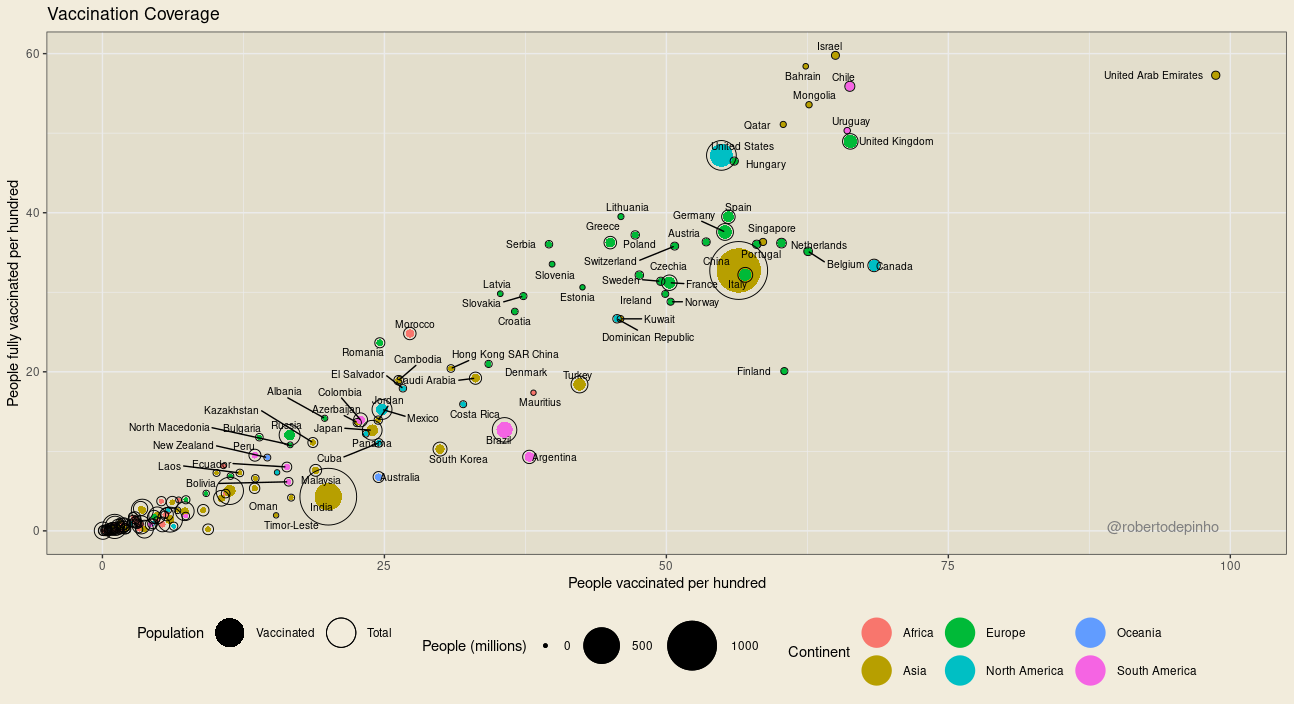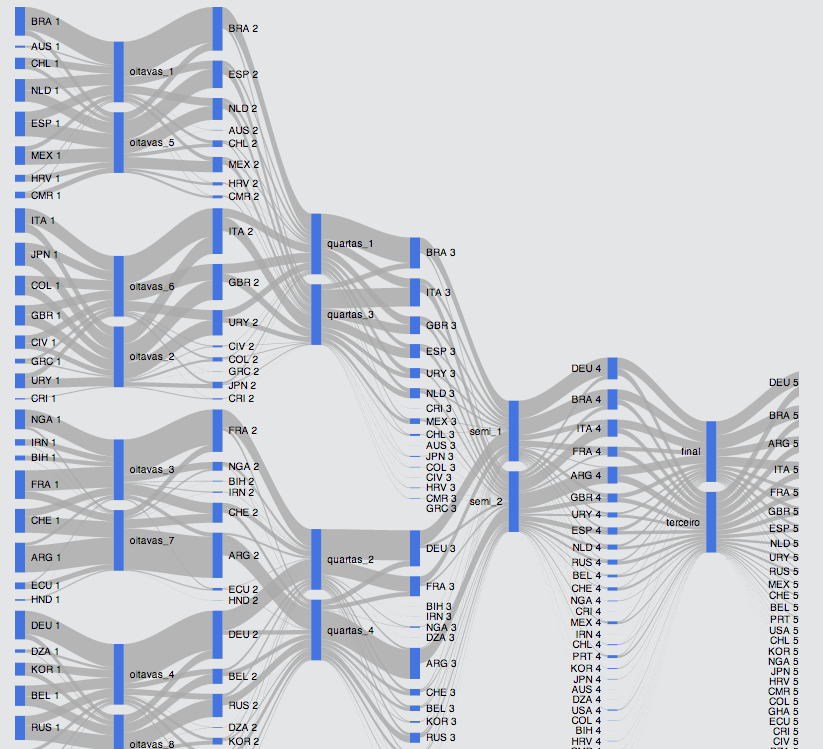The story plays like this: Milton Friedman is visiting some country considered to be backward, when he sees some huge construction project being built with shovels instead of tractors and other pieces of machinery. Asking why, he learns that this is to increase the number of workers needed for the job, as providing jobs is one of the main objectives of that government endeavor. He then goes on to suggest, mockingly, that workers should be using spoons instead of shovels, thus the need for workers would be even greater.
I have seen this anecdote used to ridicule many government interventions in the economy, from stimulus projects to labor regulations, if not every government intervention in the economy. The problem with interventions would be that they sacrifice efficiency to no one’s benefit, that they would be as pointless as building a canal with spoons.
The problem with this line of thought is that it tries to group together and equally discredit actions that have very different profiles when talking about efficiency, labor productivity and ultimately income distribution.
To show this, let’s frame our story a little differently, adding some more color as we go along. We have three options here: spoons, shovels and tractors, three different final costs for the construction project and three different number of worker hours needed for its construction, but the same outcome: a completed canal or dam or whatever.
Another thing that remains constant in this story, and goes without saying, is how much work is performed by each of the workers involved. This is never mentioned. Nonetheless, a constant amount of hours of work per worker is required for the story to work.
We have deeply embedded in us how many hours of work a worker should do every day or week. Think about somewhere around 40 hours per week and see if it resonates with you. Now let´s remove this constraint and rethink our story: let’s use tractors and trucks and reduce the number of hours each worker has to do.
From the comfort of one’s office armchair, the spoons option and the option of reduced working hours might look the same, as they have more or less the same costs, and much higher than the choice of using trucks and the minimum amount of workers. Nonetheless, from the workers point of view, and we also might say, for society as a whole, these are very different scenarios. Now a worker will have time to take care of his or her children, or learn something new, or just have a better, healthier life. Our analyst might suspect this looking at an index, labor productivity per hour worked, which shows very different behaviours for the spoons and the trucks options. In fact, labour productivity per hour would roughly be the same whenever using tractors and trucks, either having few workers working full time or many workers working a few hours per week.
So, concerning the option of reduced working hours, we can simultaneously say that it is as productive as employing trucks and few workers, and that it is as costly as the spoons option. How can both these apparently incompatible assertions be true?
To disentangle this, we need to add the perspective of the company running the project. For the company, adding trucks and tractors to a project means increasing productivity and allowing for hiring less workers, thus increasing profits. In this scenario, productivity gains are kept by the company. If we say now that each worker can only work a reduced number of hours per week, it is still in the best interest of everyone involved to employ machinery, but now the derived productivity gains are shared with the workers, which is reflected in higher costs from the firms perspective.
What is hidden in the original story is a discussion on income distribution. Yes, there has been plenty of regulations that certainly hurt productivity, such as the need for operators even in automated elevators1, but one cannot say the same of labour market interventions such as setting a maximum workweek or establishing a minimum wage. What they most importantly do is to level the play field between workers and employers. Yes, if your enterprise’s quality and competitiveness are only based on having cheap labor, you might be driven out of business. If not, you have other options, such as having a better pay structure.
Minimum wage and other work related regulations must be discussed in tandem with labour productivity and corporate profit behaviour, as well as trends in unemployment. To disregard these in evaluating the minimum wage is to miss the point.
This debate is not new, as it is also not new the opposition to labor regulation, implying the ruin of the industry if it is adopted. This excerpt is from the Oxford Economist Nassau Senior, in 1837, opposing a limit of 10 hour work day at factories:
“I have no doubt, therefore, that a ten hours’ bill would be utterly ruinous. And I do not believe that any restriction whatever, of the present hours of work, could be safely made. … The manufacturer is tired of regulations?what he asks is tranquility?implora pace.”
As we all know, despite those dire warnings, the United Kingdom economy became everything but ruinous.
I thank Beto Boullosa, Camilo Telles and Walter Hupsel for their comments and suggestions.
1. Lei Municipal 1.626/90 (Rio de Janeiro)
Versão em Português / Portuguese Version
Photo by Mari Potter on Unsplash








